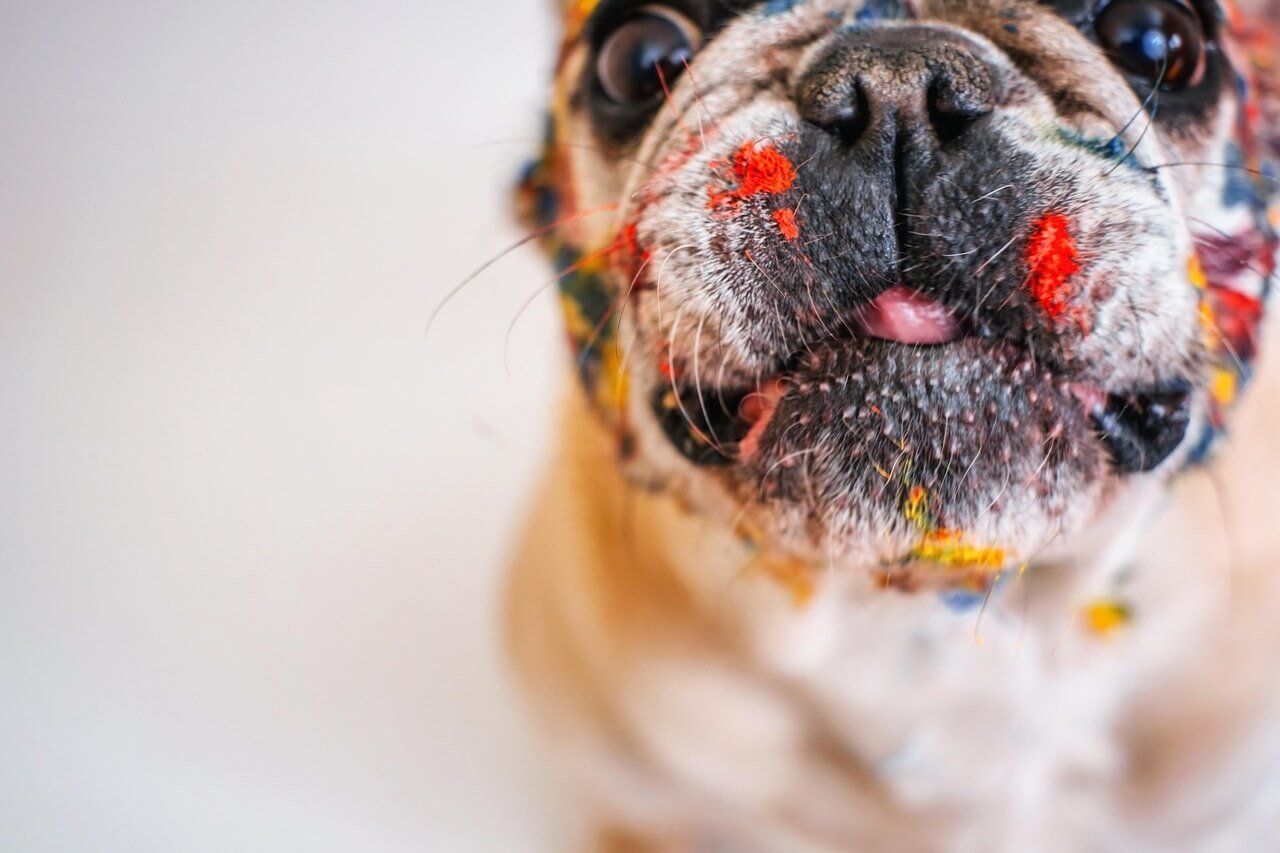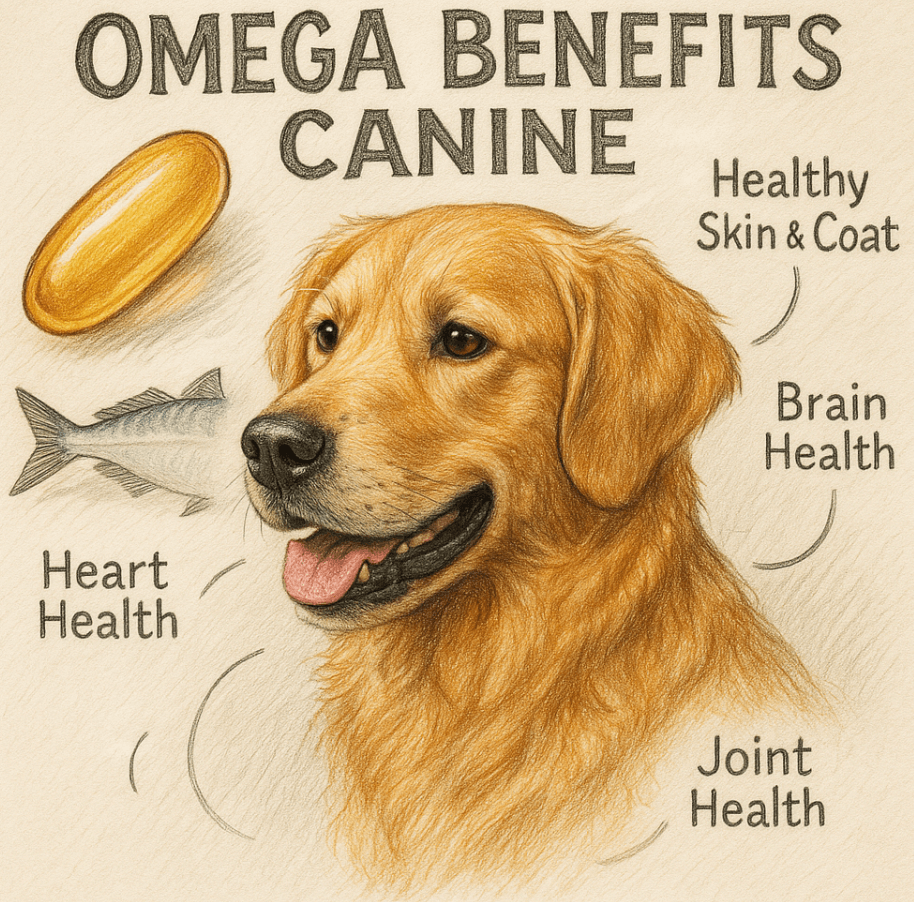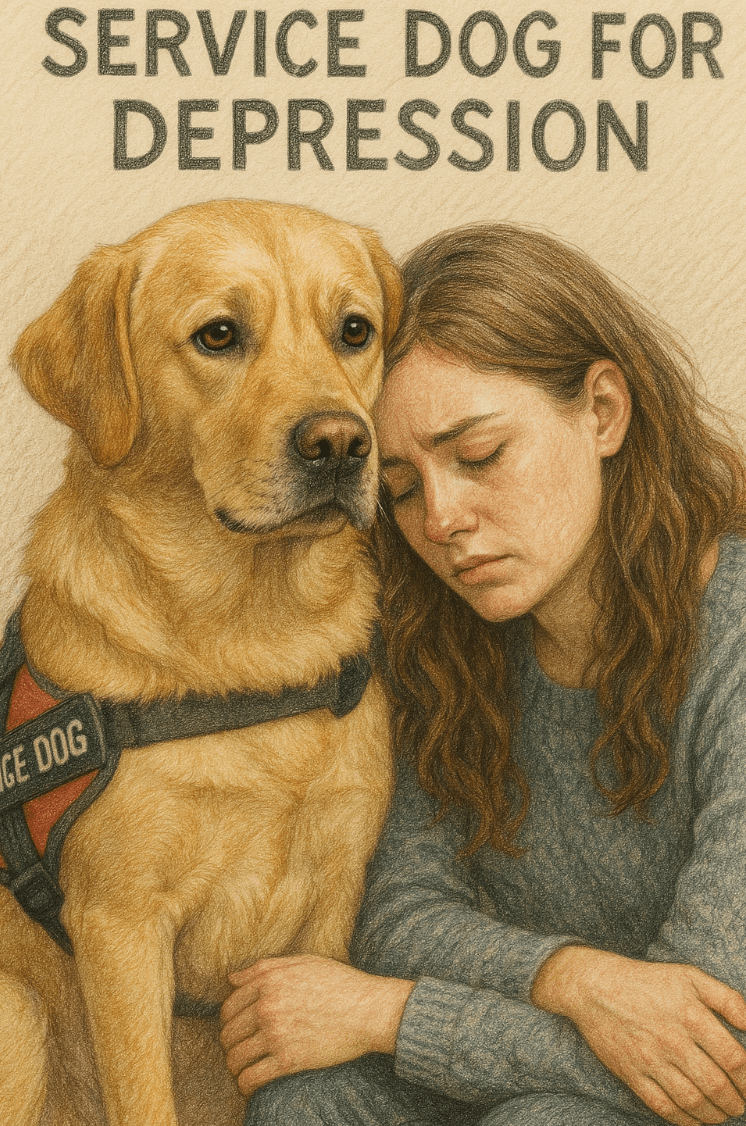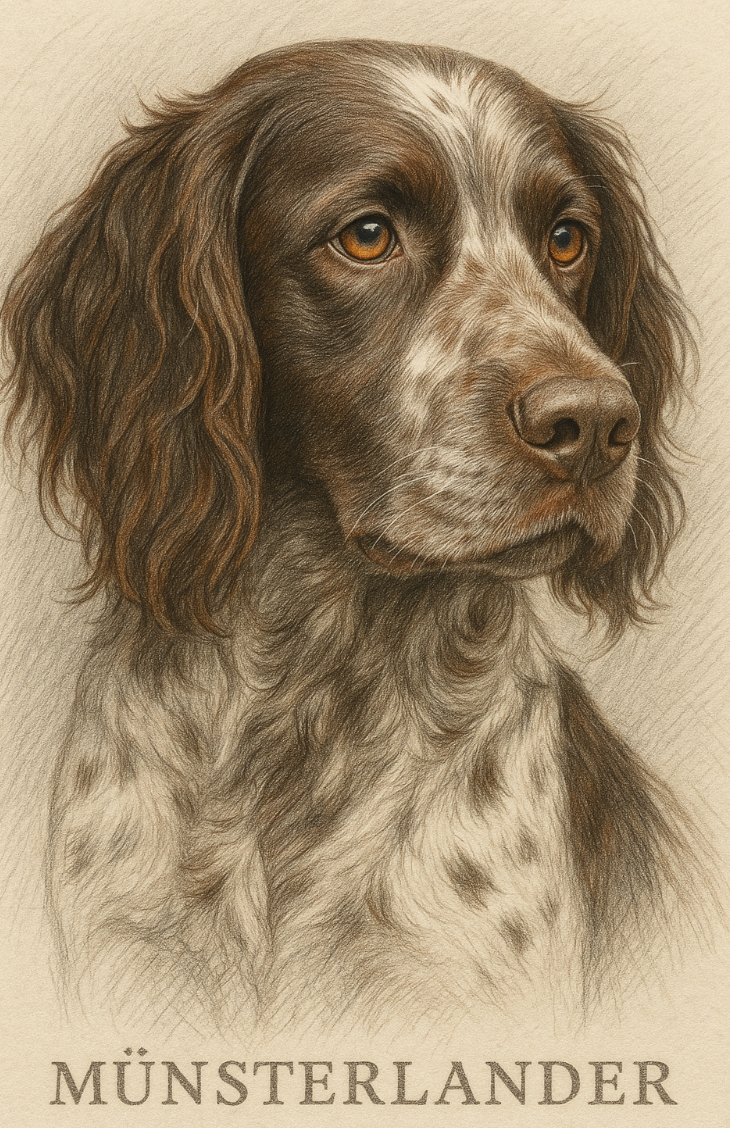Understanding Corneal Lipidosis in Dogs: Causes, Symptoms, and Care
If you’ve noticed cloudy or opaque spots on your dog’s eyes, you might be dealing with a condition known as corneal lipidosis. This eye disorder occurs when fatty deposits accumulate in the cornea, the transparent outer layer of the eye. While it may look alarming, corneal lipidosis is often benign and not painful for your dog. However, understanding its causes, symptoms, and treatment options is crucial to ensure your furry friend’s long-term eye health. In this blog post, we’ll explore everything you need to know about corneal lipidosis in dogs, from identifying the signs to managing the condition effectively. By the end, you’ll feel equipped to support your dog’s vision and overall well-being.
What Causes Corneal Lipidosis in Dogs?
Corneal lipidosis can develop due to a variety of factors, ranging from dietary imbalances to underlying health conditions. Identifying the root cause is essential for effective management and prevention. Here are some common causes of corneal lipidosis in dogs:
High Cholesterol Levels: Elevated cholesterol in the bloodstream can lead to fat deposits forming in the cornea.
Hypothyroidism: Dogs with an underactive thyroid may experience metabolic changes that contribute to lipid buildup.
Diabetes Mellitus: Poorly managed diabetes can disrupt fat metabolism, increasing the risk of corneal lipidosis.
Dietary Imbalance: A diet excessively high in fats or low in essential nutrients can predispose dogs to this condition.
Genetic Factors: Certain breeds, such as Shetland Sheepdogs and Beagles, may have a genetic predisposition to corneal lipidosis.
While the exact cause may vary, addressing these contributing factors can help prevent or manage corneal lipidosis. Early detection and intervention are key to ensuring your dog’s comfort and eye health.
Symptoms of Corneal Lipidosis in Dogs
Recognizing the signs of corneal lipidosis early allows you to seek veterinary advice promptly. While this condition is typically painless, its visual symptoms can be concerning for pet owners. Here’s what to look out for:
Cloudy or Opaque Spots: Fatty deposits often appear as white, gray, or yellowish patches on the surface of the eye.
Reduced Vision: In severe cases, the lipid deposits may impair your dog’s vision, especially in bright light.
Bilateral Appearance: Corneal lipidosis often affects both eyes simultaneously, though one eye may appear worse than the other.
No Pain or Discomfort: Unlike other eye conditions, corneal lipidosis is usually painless unless complications arise.
Gradual Onset: The condition tends to develop slowly over time, making it easier to monitor progression.
If you notice any of these symptoms, consult your veterinarian for a proper diagnosis. While corneal lipidosis itself isn’t harmful, it may indicate an underlying issue that needs attention.
Check this guide 👉Natural Remedy for Dog Eye Infection: Best 7 Tips!
Check this guide 👉Understanding Dog Eye Cancer: Best 7 Expert Tips!
Check this guide 👉Understanding Dog Eye Crust: Best 7 Health Tips!
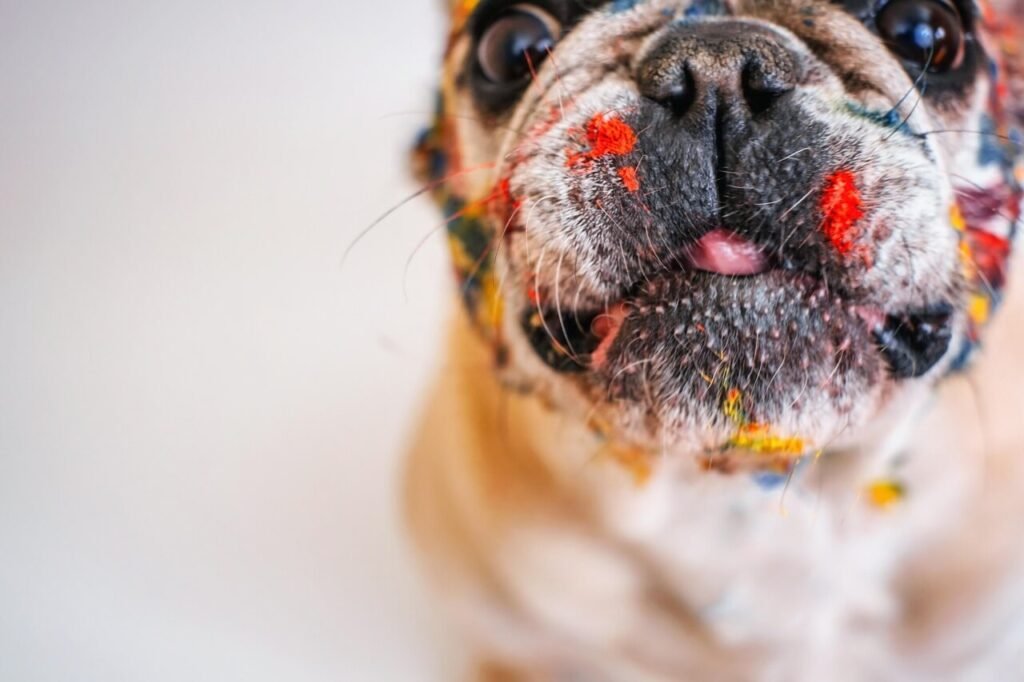
Symptoms of Corneal Lipidosis | Possible Underlying Causes |
|---|---|
Cloudy or opaque spots on the eye | High cholesterol or lipid metabolism issues |
Reduced vision | Advanced lipid buildup or secondary complications |
Bilateral appearance | Genetic predisposition or systemic health issues |
No pain or discomfort | Benign nature of the condition |
Gradual onset | Chronic conditions like hypothyroidism or diabetes |
Managing and Treating Corneal Lipidosis in Dogs
While corneal lipidosis itself is often harmless, managing the underlying causes and monitoring the condition is essential for your dog’s health. Treatment focuses on addressing the root cause and preventing further lipid accumulation. Here’s how corneal lipidosis can be managed:
Veterinary Diagnosis: A thorough examination by a vet, including blood tests, can identify underlying conditions like hypothyroidism or diabetes.
Dietary Adjustments: Switching to a balanced, low-fat diet can help regulate cholesterol levels and reduce lipid deposits.
Medication for Underlying Conditions: If hypothyroidism or diabetes is present, medications may be prescribed to manage these issues.
Regular Eye Check-Ups: Routine visits to the vet can help monitor the progression of corneal lipidosis and detect complications early.
Avoiding Self-Treatment: Never attempt to treat your dog’s eyes without professional guidance, as improper care can worsen the condition.
With proper management, most dogs with corneal lipidosis can live comfortably without significant vision impairment. Always follow your vet’s recommendations for the best outcomes.
Preventing Corneal Lipidosis in Dogs
Prevention is always better than cure, and taking proactive steps can reduce the risk of corneal lipidosis in your dog. By addressing potential triggers and maintaining your dog’s overall health, you can minimize the chances of this condition developing. Here are some preventive measures:
Balanced Diet: Feed your dog a high-quality diet rich in essential nutrients and low in unnecessary fats.
Regular Vet Visits: Routine check-ups can help detect and address conditions like hypothyroidism or diabetes early.
Weight Management: Keeping your dog at a healthy weight reduces the risk of metabolic disorders that contribute to lipidosis.
Monitor Bloodwork: Regular blood tests can identify abnormalities in cholesterol or lipid levels before they affect the eyes.
Breed Awareness: If your dog belongs to a breed prone to corneal lipidosis, take extra precautions to monitor their eye health.
By implementing these preventive strategies, you can safeguard your dog’s eyes and overall well-being. Early intervention and consistent care are key to avoiding complications.
Common Misconceptions About Corneal Lipidosis
There are several misconceptions about corneal lipidosis that can lead to confusion or unnecessary worry for dog owners. Clearing up these myths helps you better understand the condition and how to manage it effectively. Here’s what you should know:
Myth: Corneal Lipidosis Always Indicates a Serious Disease.
Reality: While it can be linked to underlying conditions, corneal lipidosis itself is often benign and manageable.Myth: It Causes Permanent Blindness.
Reality: Most cases do not result in blindness unless left untreated or if complications arise.Myth: It Only Affects Older Dogs.
Reality: While more common in older dogs, younger dogs with metabolic issues can also develop corneal lipidosis.Myth: Surgery Is Required to Remove Fatty Deposits.
Reality: Surgery is rarely necessary, as treatment focuses on managing underlying causes rather than removing deposits.Myth: It’s Contagious Between Dogs.
Reality: Corneal lipidosis is not contagious and cannot spread from one dog to another.
By understanding the truth behind these misconceptions, you can focus on practical steps to care for your dog without unnecessary fear.
Signs Your Dog May Have an Underlying Health Issue
Corneal lipidosis is often a symptom of an underlying health problem, such as high cholesterol or metabolic disorders. Recognizing other signs of these conditions can help you address them early. Here’s what to watch for:
Weight Gain or Obesity: Sudden or unexplained weight gain may indicate hormonal imbalances like hypothyroidism.
Increased Thirst and Urination: These symptoms could point to diabetes, a common contributor to lipidosis.
Lethargy or Fatigue: Low energy levels may suggest metabolic issues affecting your dog’s overall health.
Changes in Coat Quality: A dull or brittle coat can signal nutritional deficiencies or thyroid problems.
Recurrent Skin Infections: Frequent infections may be linked to systemic health issues like diabetes or poor fat metabolism.
If you notice any of these signs alongside corneal lipidosis, consult your vet for a comprehensive health evaluation. Early detection of underlying issues can prevent further complications.
Tips for Supporting Your Dog’s Overall Eye Health
Maintaining your dog’s eye health goes beyond managing corneal lipidosis. By adopting proactive habits, you can reduce the risk of other eye conditions and ensure your dog’s eyes stay healthy. Here are some practical tips:
Clean Their Eyes Regularly: Use a damp cloth to gently wipe away dirt or discharge around their eyes.
Protect from UV Rays: Limit exposure to direct sunlight during peak hours or use dog-safe sunglasses for sensitive breeds.
Provide Antioxidant-Rich Foods: Include foods like blueberries, carrots, and leafy greens to support eye health.
Avoid Exposure to Irritants: Keep your dog away from smoke, strong chemicals, or dusty environments that can irritate their eyes.
Monitor for Changes: Regularly check your dog’s eyes for redness, swelling, or unusual discharge, and report concerns to your vet promptly.
By incorporating these habits into your routine, you can help maintain your dog’s vision and prevent potential eye problems. Healthy eyes contribute to a happy, active life for your furry companion.
Frequently Asked Questions About Corneal Lipidosis in Dogs
Is corneal lipidosis painful for dogs?
No, corneal lipidosis is typically painless unless complications like ulcers or infections occur.
Can corneal lipidosis be reversed?
Unfortunately, the fatty deposits cannot be reversed, but managing underlying causes can prevent further progression.
Which dog breeds are more prone to corneal lipidosis?
Breeds like Shetland Sheepdogs, Beagles, and Siberian Huskies may have a higher risk due to genetic factors.
How is corneal lipidosis diagnosed?
A veterinarian will perform a physical exam, review medical history, and may conduct blood tests to identify underlying causes.
Does corneal lipidosis affect my dog’s vision?
In mild cases, vision is usually unaffected, but severe lipid buildup can impair vision, especially in bright light.
In Conclusion: Supporting Your Dog’s Eye Health
Corneal lipidosis may seem alarming at first glance, but with proper understanding and care, it doesn’t have to impact your dog’s quality of life. By recognizing the symptoms, addressing underlying causes, and taking preventive measures, you can ensure your furry friend enjoys clear vision and optimal eye health. Remember, regular veterinary check-ups and a balanced diet are your best tools for preventing and managing this condition. With your love and attention, your dog can continue to thrive despite this minor setback. After all, their eyes are the windows to their soul—keep them healthy and bright!
Omega Benefits Canine: Best 7 Expert Tips! Discover how omega fatty acids boost your dog’s health, from skin and coat to joints and immunity, with expert advice for optimal canine wellness.
Service Dog for Depression: Best 7 Expert Tips! Discover how service dogs provide emotional support, perform vital tasks, and improve mental health for individuals managing depression.
Is a Great Pyrenees a Family Dog? Best 7 Expert Tips! Discover expert advice on temperament, care, and training to determine if this gentle giant is the perfect family companion for your home.
Munsterlander Dog: Best 7 Expert Tips! Discover expert advice on training, care, and living with this intelligent, energetic breed for a happy and healthy companion.

